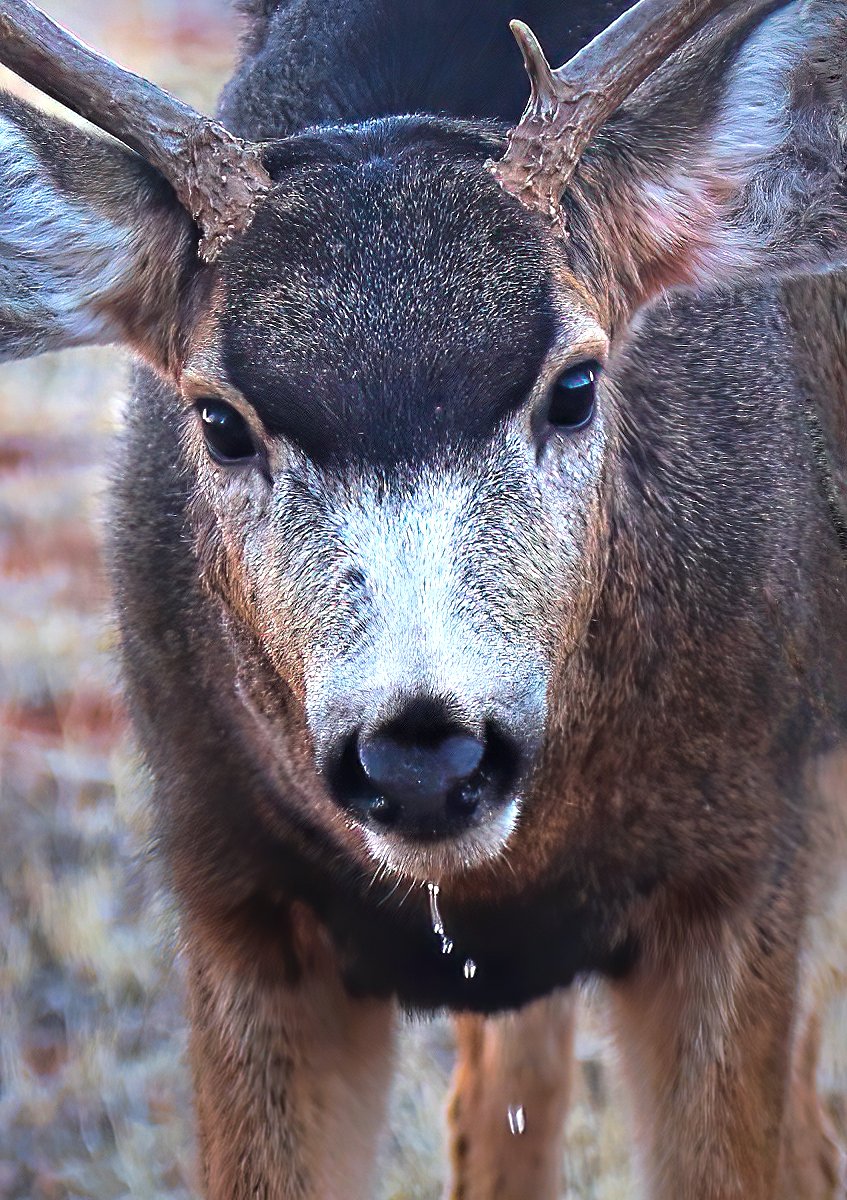when you can launch a camera on a rocket?! I’m anticipating that the Castle Valley Town Council will prohibit such activities in three…two…one…
Self portrait microseconds after launch.
A view towards the snowy La Sal Mountains, plus Round Mountain and Adobe Mesa, caught at apogee.
UPDATE: Added this wide view taken on descent under parachute. That’s me and my shadow in the driveway, next to the launch pad.



































